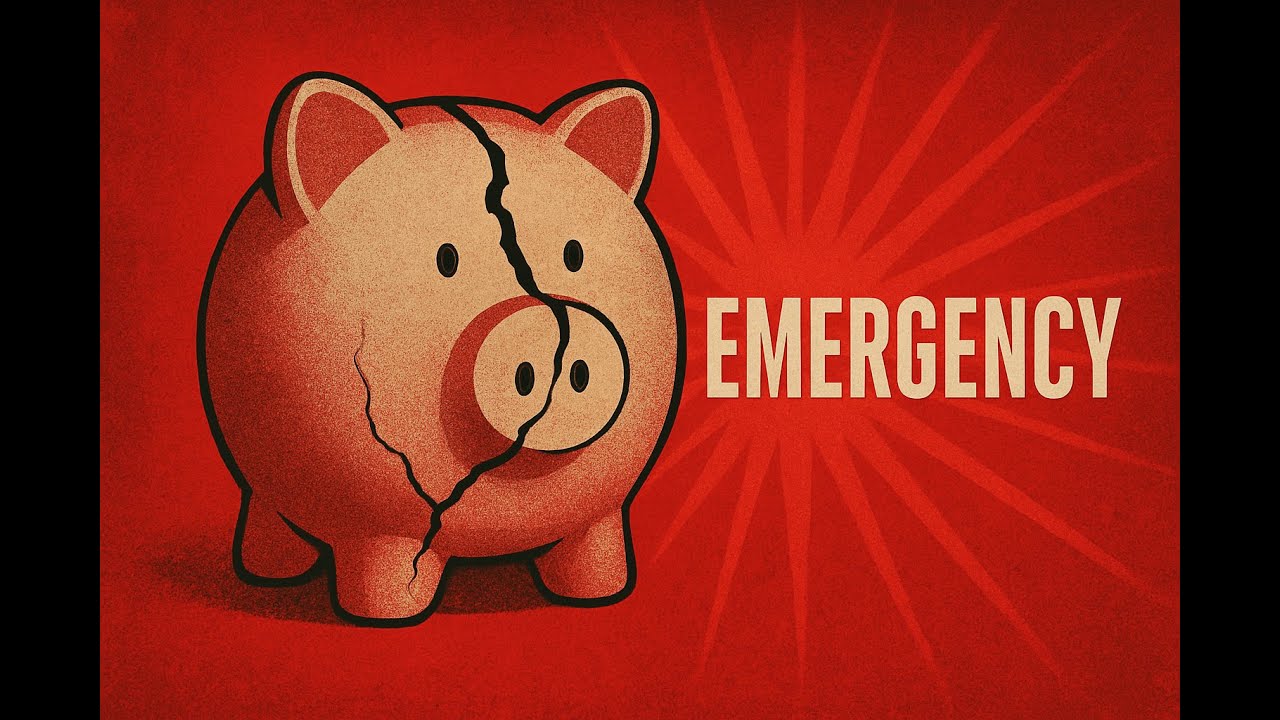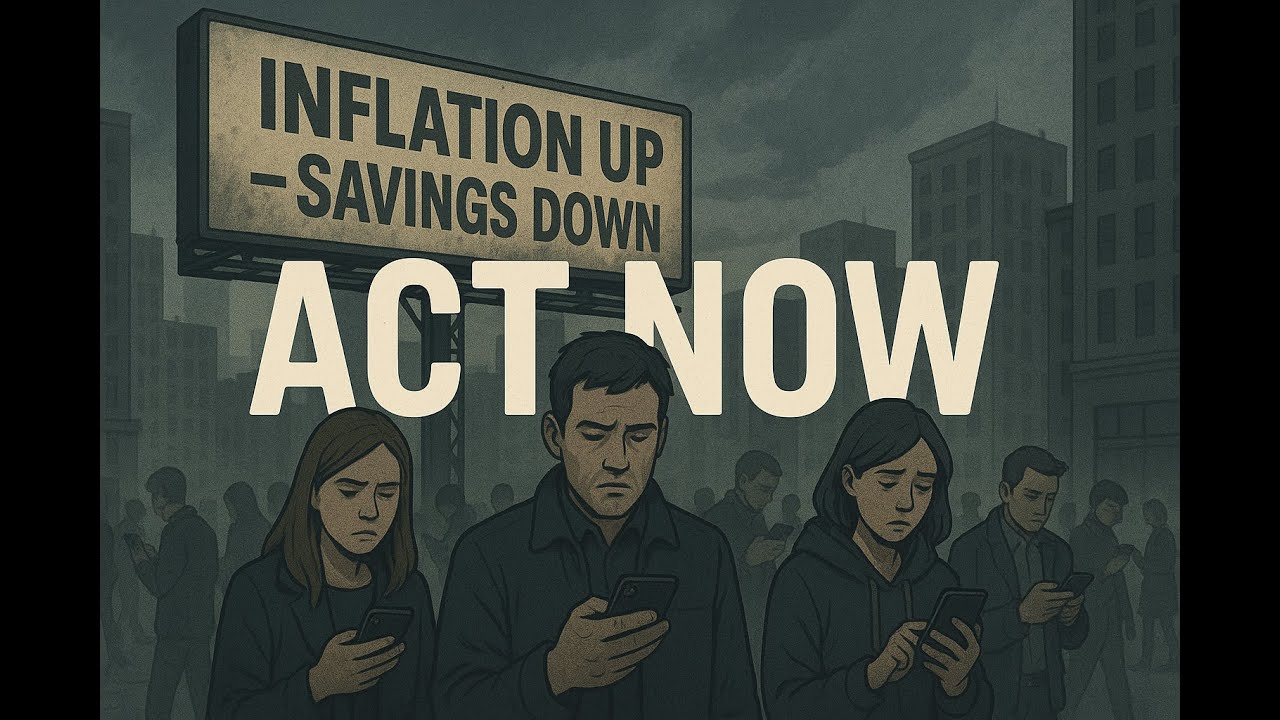Updated Safe Withdrawal Rate: How Much Money Is Really Needed to Retire?
Discover how recent research updates the traditional 4% safe withdrawal rule to 5%, potentially allowing retirees to withdraw more annually and retire with less savings. Learn what this means for your retirement planning.
Updated Safe Withdrawal Rate: How Much Money Is Really Needed to Retire?
Retirement planning often hinges on the safe withdrawal rate—the percentage of a retirement portfolio one can withdraw annually without running out of money. For decades, the widely accepted guideline has been the “four percent rule.” However, recent research updates this figure, suggesting retirees may need less money than previously thought. Understanding these changes is crucial for anyone planning their financial future.
Table of Contents
🔍 What Is the Safe Withdrawal Rate?
The safe withdrawal rate is a financial planning rule that determines how much money retirees can withdraw from their investment portfolio each year without depleting their savings prematurely. Originally, this rule was popularized by William Bengen, a financial advisor with a background in rocket science, who in 1994 published a study analyzing historical market data.
Bengen’s research concluded that withdrawing 4% of the initial portfolio value in the first year of retirement, then adjusting that amount annually for inflation, would allow the portfolio to last at least 30 years with a high degree of certainty. For example, if a retiree started with $1 million, they could withdraw $40,000 in the first year and increase withdrawals each subsequent year to keep pace with inflation.
📈 The Evolution from 4% to 5%
Since 1994, market conditions, inflation trends, and bond yields have shifted significantly, prompting Bengen to revisit his original conclusions. His updated research reveals that the “worst-case” safe withdrawal rate is closer to 5%, meaning retirees could potentially withdraw 5% annually—even under adverse economic conditions—without running out of money.
This adjustment is significant. A 5% withdrawal rate on a $1 million portfolio translates to $50,000 per year, representing a 25% increase in annual retirement income compared to the traditional 4% rule. In practical terms, this implies that individuals could retire comfortably with about 20% less saved than previously estimated.
However, Bengen advises caution for those planning longer retirements, such as early retirees in their 40s or 50s, recommending sticking closer to the 4% withdrawal rate to maintain a safety buffer.
⏳ How Historical Data Shapes Withdrawal Strategies
Bengen’s methodology is less about predicting the future and more about stress-testing retirement portfolios against historical economic challenges. His analysis spans over 90 years of market history, including severe downturns like the Great Depression, the stagflation of the 1970s, and the dot-com bubble burst.
One notable example of a challenging retirement period was 1966 to 1982, when the S&P 500 experienced nearly 16 years of flat growth after adjusting for inflation. Retiring during such times tests the resilience of withdrawal strategies.
Despite these tough scenarios, the original 4% rule—and now the updated 5% rule—has held up. This historical perspective provides a rational foundation for retirement planning, rather than relying on optimistic or pessimistic forecasts.
📊 Portfolio Composition and Its Impact on Withdrawal Rates
Bengen’s analysis assumes a balanced portfolio with a 50/50 split between stocks and bonds. Bonds play a critical role in smoothing market volatility and preserving capital during downturns.
However, in today’s low-interest-rate environment, many investors hesitate to hold large bond allocations due to lower returns. Increasing stock allocation may boost growth but also increases portfolio risk and potential volatility.
Retirees reducing bond holdings should be aware that higher stock exposure could lead to larger swings in portfolio value, which impacts the sustainability of withdrawal rates.
🔥 Inflation: The Silent Retirement Portfolio Killer
Extended periods of high inflation pose one of the greatest threats to retirement portfolios. Inflation erodes purchasing power, forcing retirees to withdraw more money each year just to maintain their standard of living.
Bengen’s withdrawal model adjusts annually for inflation, but these adjustments are permanent increases. For example, if inflation spikes 10% in one year, the withdrawal amount rises by 10% and remains at that elevated level even if inflation later decreases.
This means that a few years of high inflation early in retirement can permanently increase withdrawal needs, putting extra pressure on the portfolio to generate returns that keep pace.
💡 Flexibility: The Most Overlooked Factor in Retirement Planning
One of the biggest misconceptions about the withdrawal rule is the assumption of fixed annual withdrawals regardless of market conditions. In reality, retirees often have flexibility in their spending.
For example, if a market downturn reduces a $1 million portfolio by 30%, leaving $700,000, the initial 4% withdrawal ($40,000) effectively becomes nearly 6% of the new portfolio value. Maintaining the same withdrawal amount could jeopardize long-term sustainability.
Adjusting spending—cutting back on discretionary expenses during market downturns or periods of high inflation—can significantly improve portfolio longevity.
Additionally, some retirees may choose to work part-time or delay large purchases, providing extra financial security and allowing for higher withdrawal rates when needed.
📌 Key Takeaways
-
The traditional 4% safe withdrawal rate has been updated to approximately 5% based on recent historical data.
-
Retiring with 20% less saved money may be feasible if the updated 5% withdrawal rate holds true.
-
Longer retirements or conservative investors should consider sticking closer to 4% to maintain a safety margin.
-
Portfolio composition matters—bonds reduce volatility but may offer lower returns today.
-
Inflation can permanently increase withdrawal needs, making early retirement years critical for managing spending.
-
Flexibility in spending and the option to work part-time can greatly improve withdrawal success.
❓ Frequently Asked Questions
What is the “four percent rule” in retirement planning?
The four percent rule is a guideline suggesting retirees can withdraw 4% of their portfolio in the first year of retirement, adjusting for inflation thereafter, with a high likelihood their savings will last at least 30 years.
Why has the safe withdrawal rate been updated to 5%?
Updated historical market data and economic conditions have shown that even under worst-case scenarios, a 5% withdrawal rate can be sustainable, allowing retirees to withdraw more annually without running out of money.
Does a higher withdrawal rate mean I can retire earlier?
Potentially, yes. A higher safe withdrawal rate suggests less money is needed to generate sufficient income, possibly enabling earlier retirement or a more comfortable lifestyle with the same savings.
How does inflation affect safe withdrawal rates?
Inflation increases the amount retirees need to withdraw to maintain purchasing power. Since withdrawal amounts are adjusted upward permanently, periods of high inflation early in retirement can strain portfolios.
What role does portfolio flexibility play in retirement success?
Flexibility to reduce spending during market downturns or high inflation periods, and the option to earn income through part-time work, can significantly improve the sustainability of retirement portfolios.
🔚 Final Thoughts
The evolution of the safe withdrawal rate from 4% to 5% offers a promising outlook for future retirees, suggesting that less money may be needed to maintain financial security in retirement. However, this updated figure is not a guarantee, and individual circumstances—such as retirement length, portfolio allocation, inflation, and spending flexibility—play critical roles in determining the right withdrawal strategy.
Retirement planning should be dynamic, incorporating historical lessons while remaining adaptable to changing market conditions and personal circumstances. Understanding these factors empowers retirees to make informed decisions and confidently navigate their financial futures.
Unfortunately, there are no links provided to insert into the article. To enhance your understanding and further explore safe withdrawal rates and retirement planning strategies, consider visiting reputable financial education websites and resources that specialize in retirement income planning, portfolio management, and inflation impact analysis.
These resources can provide interactive tools, calculators, and expert advice to complement the insights shared in this article, helping you tailor your retirement plan to your unique circumstances.
🚀 Ready to Build Real Wealth?
You've learned the strategy – now it's time for action!
🎬 Get Weekly Financial Education
Join thousands learning smart money strategies that actually work.
📺 Subscribe to @StartWithCents
💎 Download Your Free Wealth-Building Tools
Get the exclusive "First Dollar Game Plan" – your step-by-step guide to financial freedom.
📚 Continue Your Financial Journey
Explore more money-smart articles and strategies.
📖 Read More Posts • 🏠 Homepage
💡 Remember: Knowledge without action is just entertainment. Take one step today!

